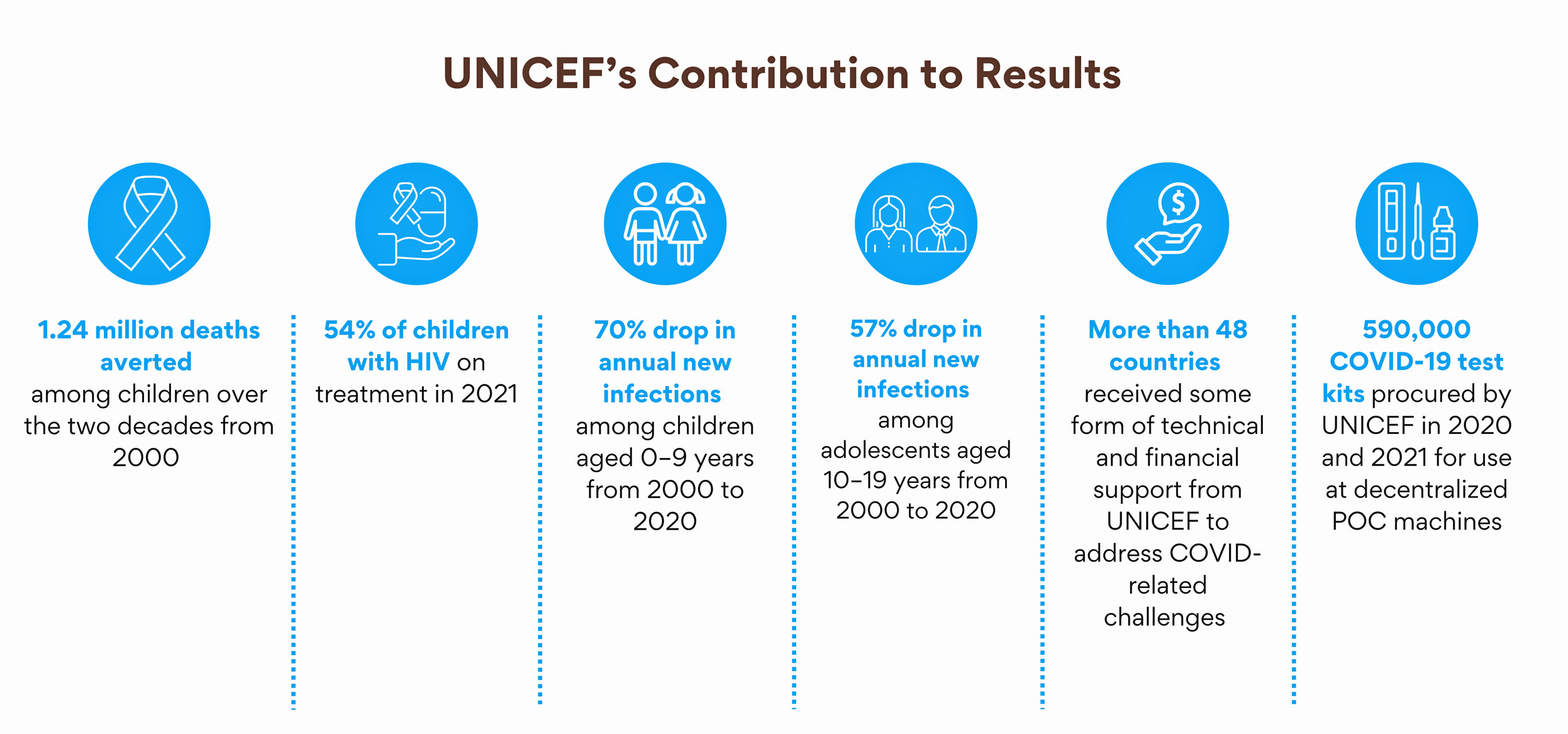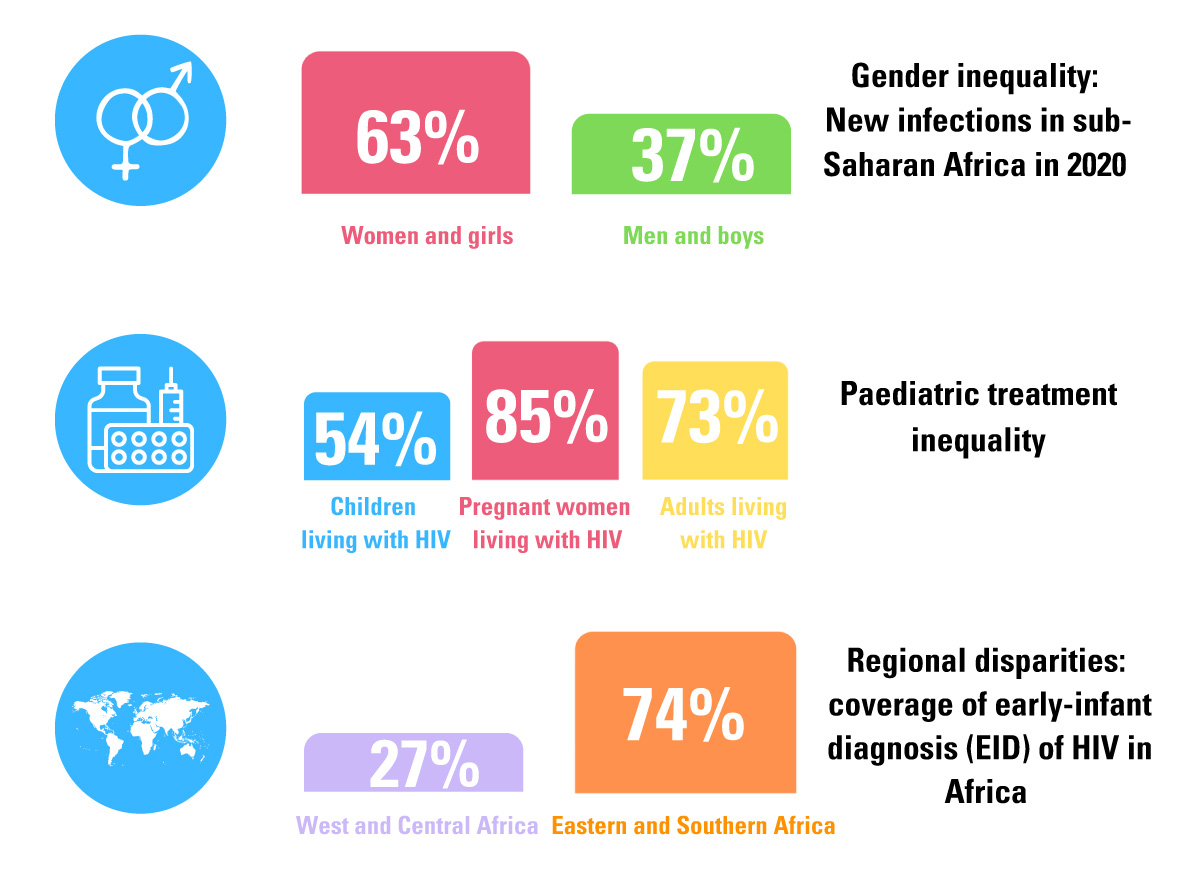Transforming Vision Into Reality: The 2024 Global Alliance Progress Report on Ending AIDS in Children by 2030
This status report shows how far we have come—and how much further we must go—if we hope to meet the global commitments to end AIDS in children. It offers a snapshot of global progress and permits an early assessment of the impact of the Global Alliance’s work. This report highlights the transformative work that is being undertaken in Global Alliance countries to accelerate gains towards ending AIDS in children, underscoring the urgent need to apply good practices, emerging innovations and critical lessons learned to overcome the barriers that slow progress.
For additional information, consult the joint press release and the video created for the report launch at AIDS 2024.

